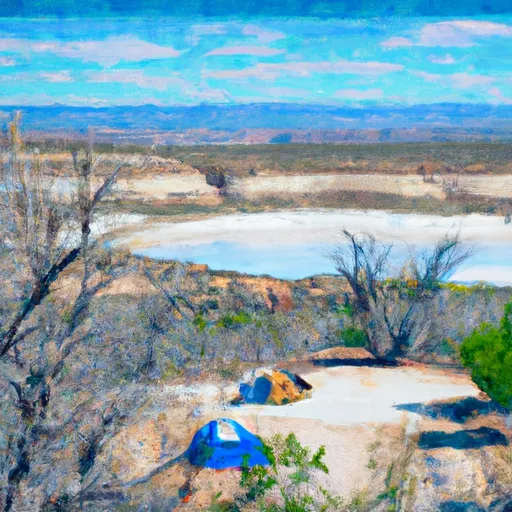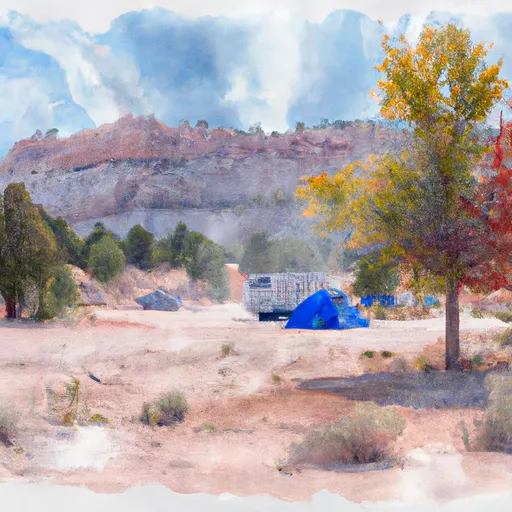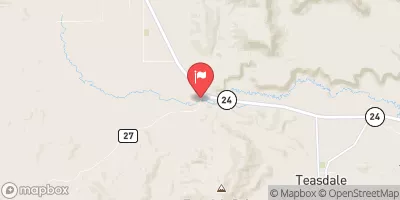Summary
Some of the most prevalent fish species in the reservoir include rainbow trout, brown trout, smallmouth bass, and bluegill. This makes it a great spot for both fly fishing and spin fishing enthusiasts.
In addition to fishing, there are plenty of nearby activities for visitors to enjoy, including hiking, camping, and boating. The reservoir is surrounded by beautiful mountain scenery, making it a great place to take in the natural beauty of the area.
For those looking to catch fish at Lower Barker Reservoir, there are a few important tips to keep in mind. One key strategy is to use lures or bait that mimic the natural food sources of the fish in the area. For example, using small bugs or flies can be effective for catching trout, while using worms or minnows can attract smallmouth bass and bluegill.
The best time of year to visit Lower Barker Reservoir for fishing is typically during the spring and fall months, when the water temperatures are cooler and the fish are more active. During these times, the average temperature ranges from the low 40s to the mid-70s Fahrenheit. However, fishing can still be productive during the summer months as well, particularly in the early morning or late evening hours when the temperatures are cooler.
Overall, Lower Barker Reservoir is a great fishing destination in Utah that offers a variety of fish species and plenty of nearby activities to enjoy. With the right gear and a little bit of patience, anglers can have a great time fishing in this beautiful mountain location.
Weather Forecast
Nearby Streamflow Levels
Angling Safety Guidelines
Check local fishing rules, seasons, size limits, and license requirements to ensure legal and sustainable angling.
Handle Fish Responsibly
Use wet hands, minimize air exposure, and release fish gently to improve survival rates when practicing catch-and-release.
Choose the Right Gear
Match your rod, line, and tackle to the species and conditions to increase success and reduce unnecessary harm to fish.
Respect the Waterway
Avoid disturbing habitat, prevent bank erosion, and keep a safe distance from spawning areas to protect ecosystems.
Keep It Clean
Pack out all line, hooks, bait containers, and trash—discarded gear can injure wildlife and degrade waterways.
Related Links
Area Campgrounds
| Location | Reservations | Toilets |
|---|---|---|
 Barker Reservoir Area
Barker Reservoir Area
|
||
 Barker Recreation Area
Barker Recreation Area
|
||
 Posey Lake Campground
Posey Lake Campground
|
||
 Posy Lake
Posy Lake
|
||
 Blue Spruce Campground
Blue Spruce Campground
|
||
 Blue Spruce
Blue Spruce
|

 Upper Barker Reservoir
Upper Barker Reservoir
 Joe Lay Reservoir
Joe Lay Reservoir
 Flat Lake
Flat Lake
 Yellow Lake
Yellow Lake
 Dougherty Basin
Dougherty Basin






 Barker
Barker